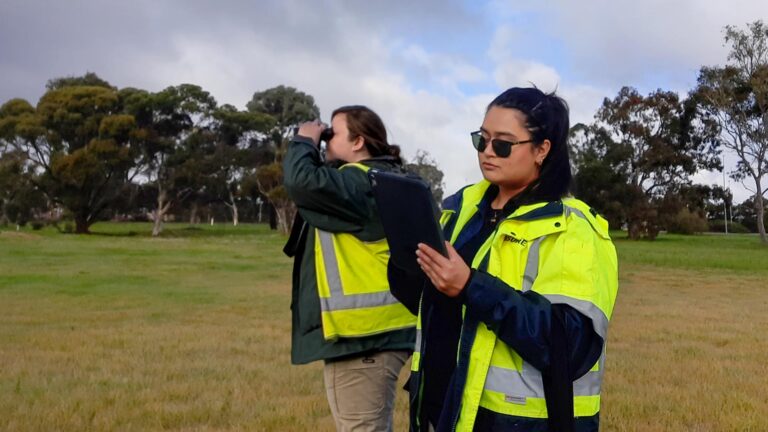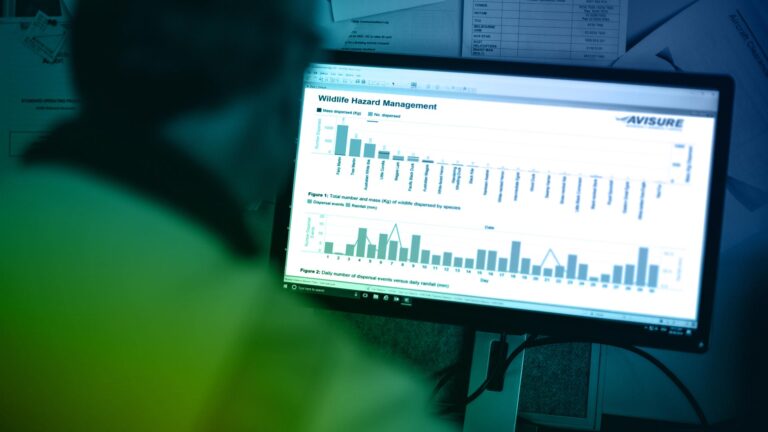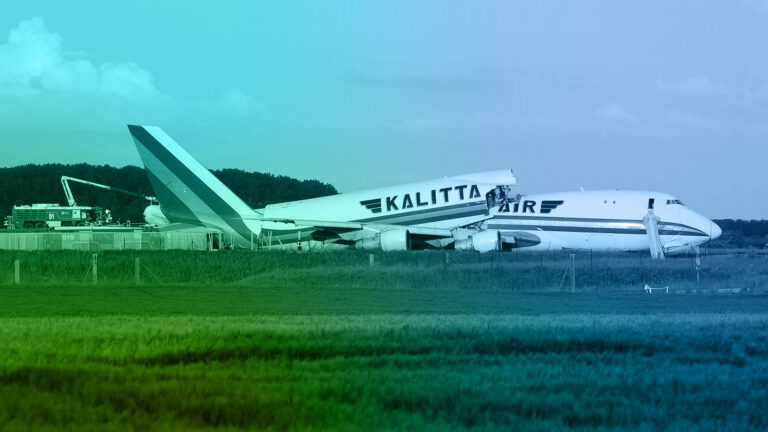The continuing wet weather along the east coast of Australia creates favourable conditions especially for the Australian white ibis, Threskiornis moluccus, and its cousin, the straw-necked ibis (T. spinicollis). Known affectionately as the ‘bin chicken’ or ‘tip turkey’, the white ibis, traditionally more of an inland species, has adapted well to urban coastal environments.
Its large size, averaging between 65 and 72cm and weighing 2kgs, along with its flocking behaviour, make it a high-risk species for aviation. From 2003–2021, ATSB data shows there were 200 ibis strikes (predominantly involving white ibis). Of these 11 per cent involved multiple birds and around 15-20 per cent involved damage to aircraft. It was one such strike on Christmas Eve in 1995 at Coolangatta Airport, where an A300 ibis engine ingestion cost Qantas and their insurer around $8 million.
Threskiornis moluccus
Weight: 2000g
Height: 60–70cm
Wingspan: 110–125 cm
Adult – bald black head and neck, white feathers on body. Distinctive downcurved black beak, over 16.5 cm long in males
Nests in trees in large colonies of up to 1,000 birds, preferably near water. Builds a shallow platform of sticks, laying 2-3 eggs, and if season permits, can raise two broods a year.
Formerly in major inland marshlands such as the Macquarie Marshes in northern NSW, but now commonly seen in Australia’s cities, such as Wollongong, Sydney, Melbourne, Adelaide, Darwin, the Gold Coast, Brisbane and Townsville, and increasingly in Perth.
Traditionally their diet comprises invertebrates foraged using their distinctive long curved black bill. This earned the straw-necked ibis the more flattering nickname of ‘the farmers’ friend’ as its foraging cleared paddocks of pests such as locusts, grasshoppers and liver-fluke carrying snails. However, being opportunistic foragers, urban white ibis now take advantage of abundant human food waste found at landfills, in bins on city streets or the all-you-can-eat buffet created by careless airport tenants leaving skips open.
White ibis are a problem for many Australian airports but managing them off-airport – working with as wide a group of stakeholders as possible – is the key to managing them on-airport. It’s not a quick fix, as the case study of one of the longest-running stakeholder groups, the Ibis Management Coordination Group in SE Queensland detailed on Avicast shows.
Listen to the Avicast episode on ‘How to manage Australian white ibis’ which provides helpful strategies to mitigate the risk of these intelligent and resilient birds.




